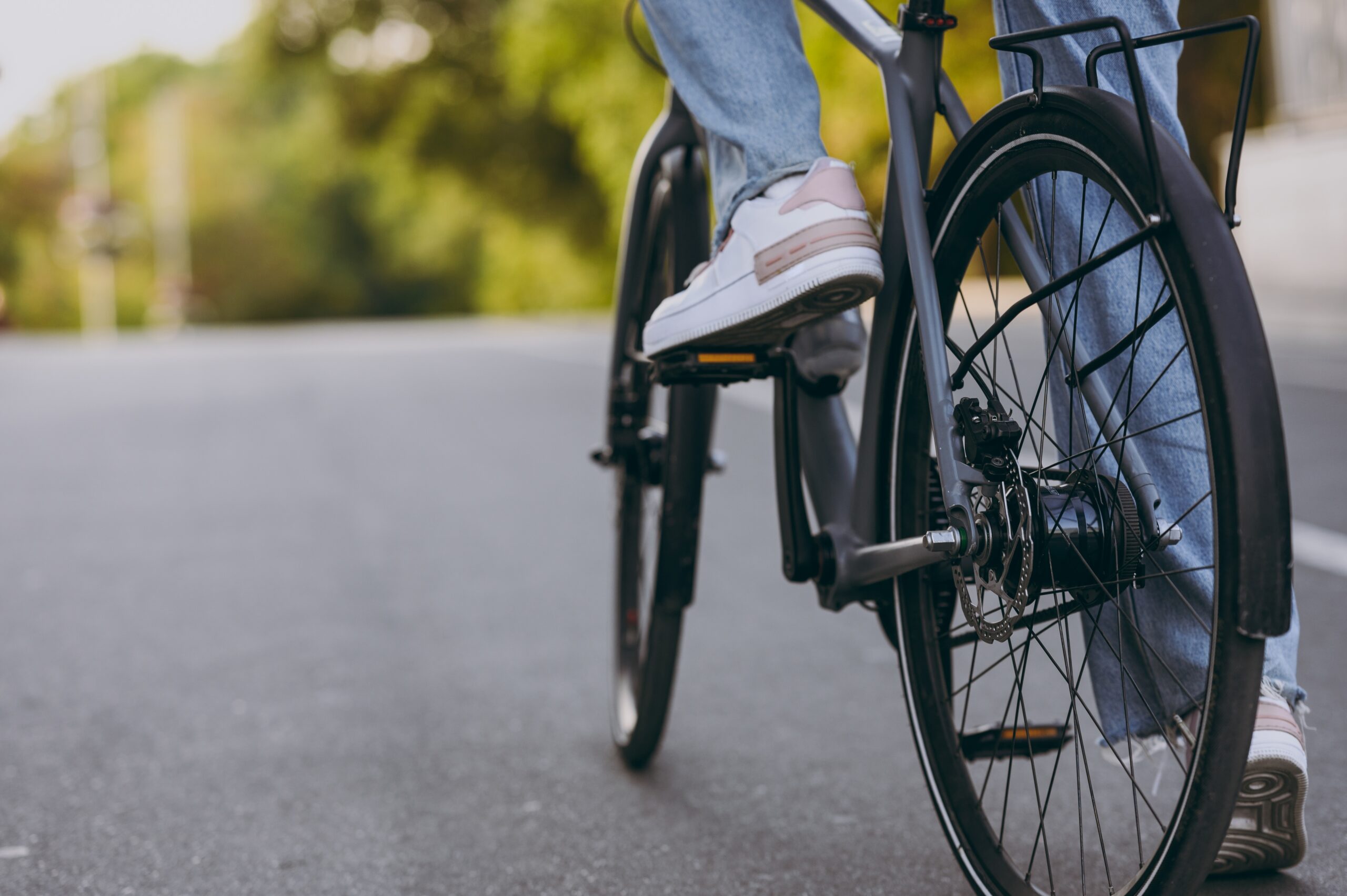Casey is a founding partner at River Run Law Group. Casey has tried numerous cases across the Commonwealth in both General District Court and Circuit Court. He has earned millions of dollars for his clients through trials, mediations, and settlements.
May is National Bike Safety Month, a timely reminder for all Virginians to brush up on bicycle safety and road-sharing laws. Whether you’re commuting through downtown Richmond or enjoying a weekend ride on the Virginia Capital Trail, understanding your rights and responsibilities as a cyclist is essential.
At River Run Law, we believe that knowing Virginia bike laws can help prevent accidents, reduce misunderstandings on the road, and protect your legal rights if a crash does occur.
Key Bike Laws in Virginia Cyclists Should Know
Bicyclists are expected to follow many of the same rules that apply to motor vehicles. However, specific Virginia bicycle laws are tailored to protect cyclists and define their rights on the road. Understanding these rules is essential for safety and can also impact your ability to pursue a legal claim if you’re involved in an accident. Read on to learn about some of the most critical Virginia bike laws.
How and When Drivers Can Pass Cyclists
Virginia law requires drivers to leave a minimum of three feet of clearance when passing a cyclist on the left. If there isn’t enough space in the current lane, drivers are permitted to change lanes to pass as long as it’s safe.
Bicycle Helmet Laws in Virginia for Adults and Children
There are no statewide bicycle helmet laws in Virginia. However, Virginia law permits cities, counties, and towns to pass local ordinances requiring helmets for riders 14 years of age or younger.
While adults aren’t legally required to wear helmets, it is highly recommended that they do so to reduce the severity of head injuries in the event of a crash.
Visibility and Lighting Requirements
If you plan to ride your bicycle in low-light conditions, Virginia law requires you to make yourself visible to others on the road. Specifically, bicycles must be equipped with at least one white light on the front and one red light on the rear, both of which must be visible from a distance of at least 500 feet in clear weather. These lights may be battery-powered and are intended to help other drivers, pedestrians, and cyclists see you well before you’re within close range.
Riding Side-by-Side
Cyclists in Virginia are allowed to ride two abreast (side-by-side), which is helpful for group rides or social cycling. However, if riding two abreast starts to block or delay traffic, the law requires cyclists to switch to a single file so vehicles can pass safely.
This rule recognizes the rights of cyclists to ride together while ensuring that traffic is not unnecessarily obstructed.
Obeying Traffic Control Devices
Cyclists must stop at stop signs, obey traffic signals, and yield the right of way, just like any motor vehicle. Also, Virginia allows cyclists to proceed through a red light after waiting two minutes, provided it is safe to do so, and no vehicles have the right of way. This rule is sometimes referred to as the “dead red” law.
Sidewalk Use
Virginia law allows bicycles to be ridden on sidewalks, making them an exception to the general rule that prohibits vehicles from sidewalk use. However, local governments are permitted to set their own restrictions on this ability. Thus, while sidewalk riding is legal under state law, cities and counties can limit or ban it in certain areas. It’s essential to stay alert and follow the local rules where you’re riding.
Crosswalk Rules
When using sidewalks or crosswalks, cyclists must yield to pedestrians and ride at a safe speed. If you’re riding across a crosswalk, be cautious and watch for turning vehicles that may not expect you to be there.
Carrying Passengers or Objects
Virginia law limits the use of bicycles to carrying people or items. Cyclists are required to keep at least one hand on the handlebars at all times, which means they should not carry anything—like bags, packages, or equipment—that prevents them from maintaining control of the bike.
The law also restricts the number of people riding a bicycle. You may only carry as many passengers as the bike is designed or equipped to accommodate. An adult cyclist is allowed to carry a child under the age of six, but only if the child is correctly secured in a child seat or trailer designed for bicycle transport.
Bike Safety Month is more than a reminder to wear a helmet. It’s a chance to learn how Virginia law protects cyclists and how you can protect yourself. Whether you ride daily or only a few times a year, knowing the law is key to avoiding accidents and holding others accountable if they happen.
If you’ve been injured in a bicycle accident and have questions about your rights, River Run Law is here to help. Our advocates have years of experience bringing injured road users in Richmond and beyond the compassionate, reliable guidance to get them back on their feet after a crash. Contact us today for a free consultation. We’re ready to listen and help you take the next step forward.
Resources:


